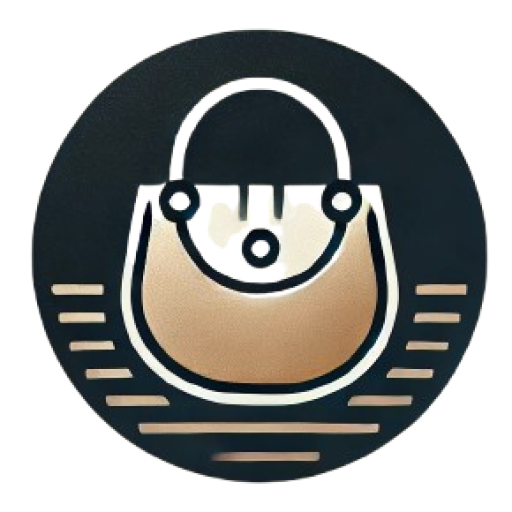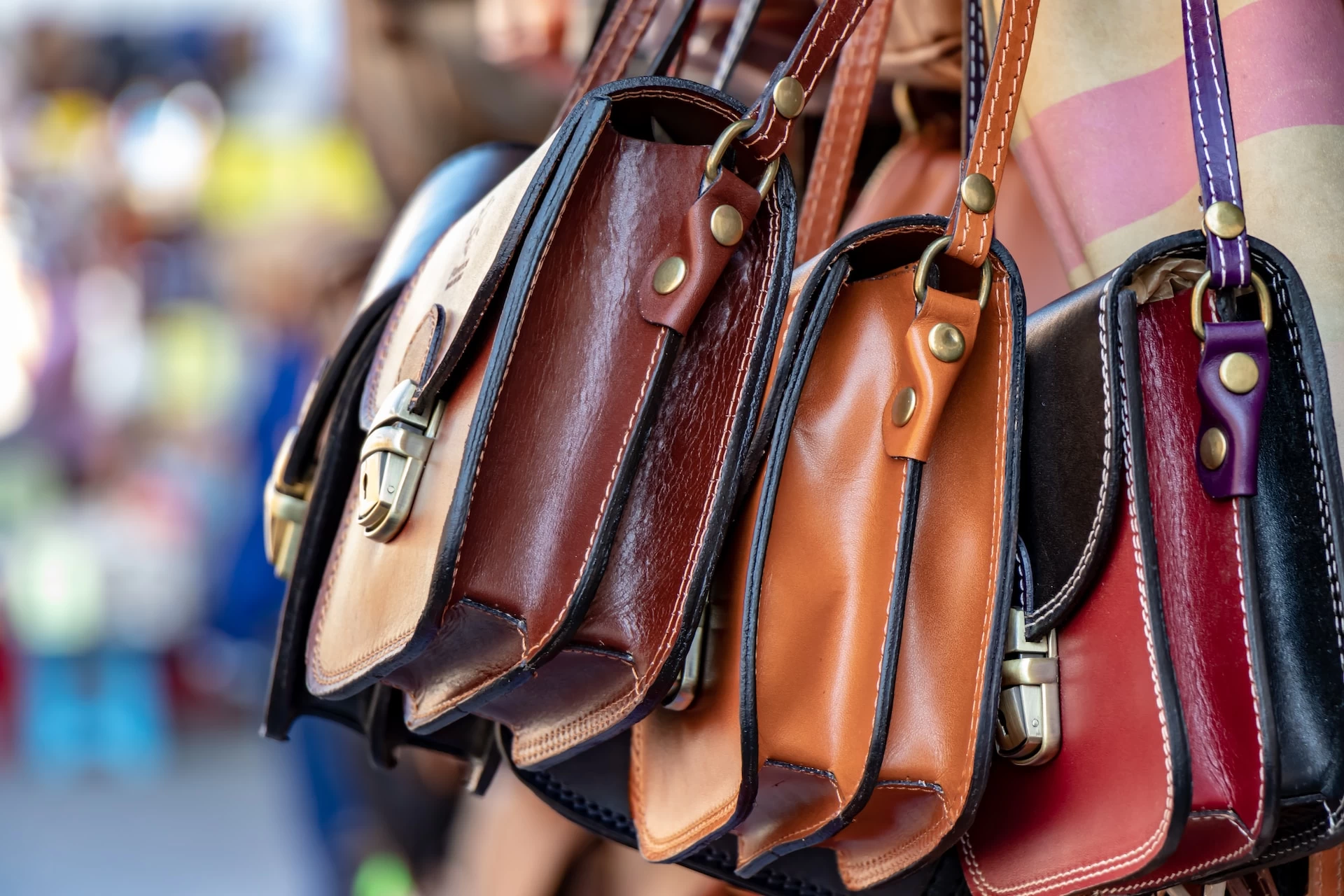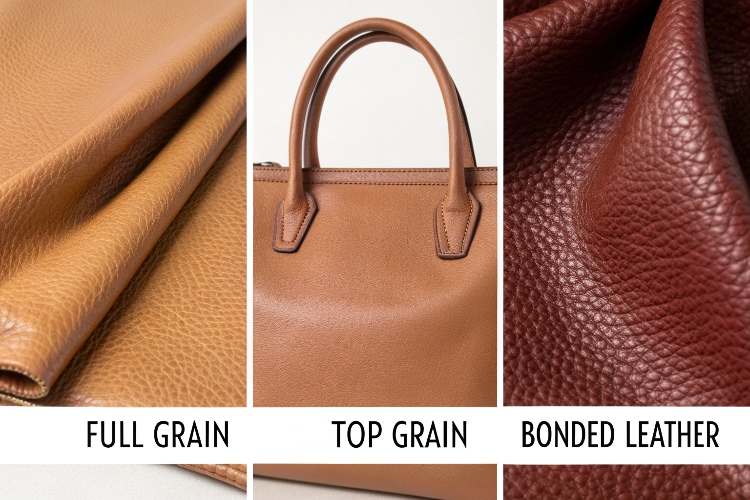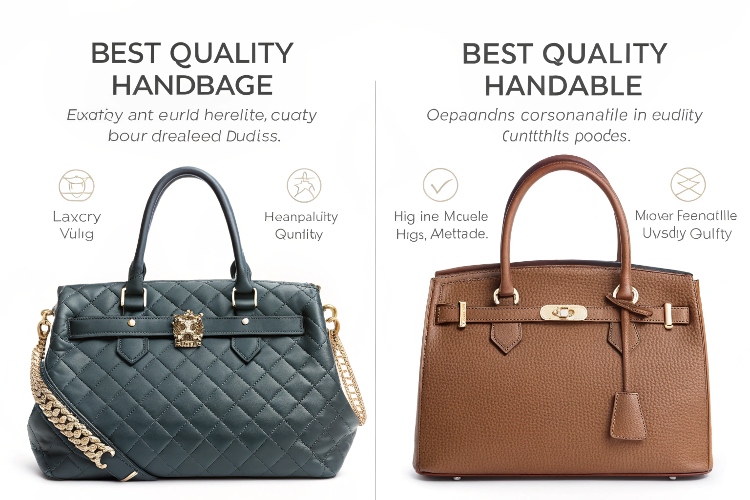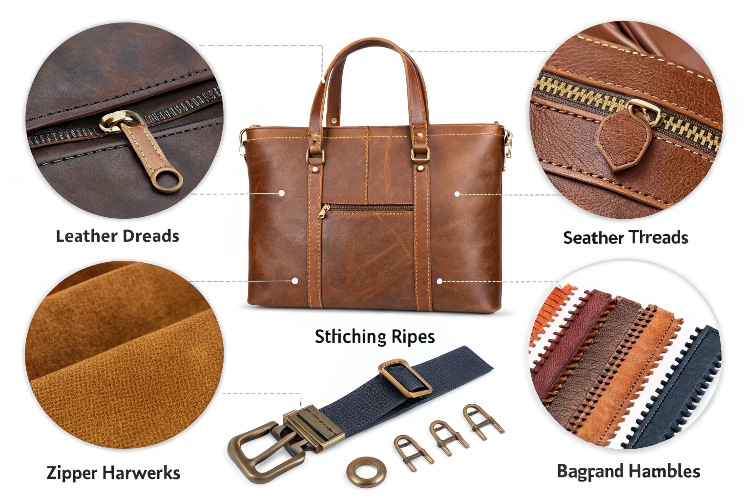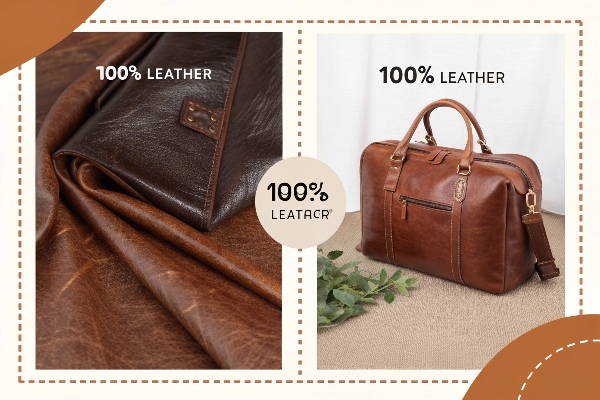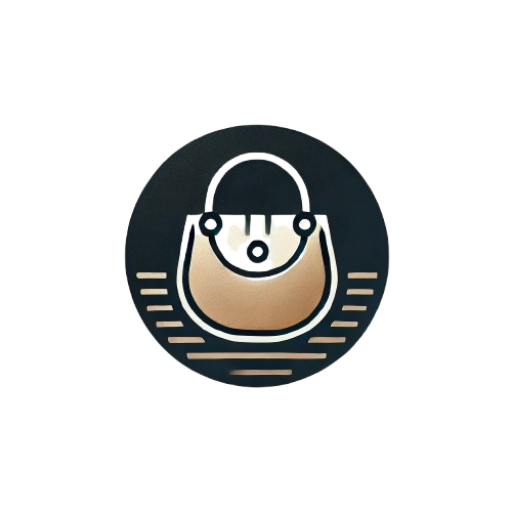Woven leather is more durable.Lab tests show: 35% higher tear resistance (60-75N vs 45-55N), 2x+ more abrasion cycles (12,000-15,000 vs 5,000-8,000), and 60% lower maintenance costs vs Italian smooth leather. Choose woven for commutes, smooth for events.
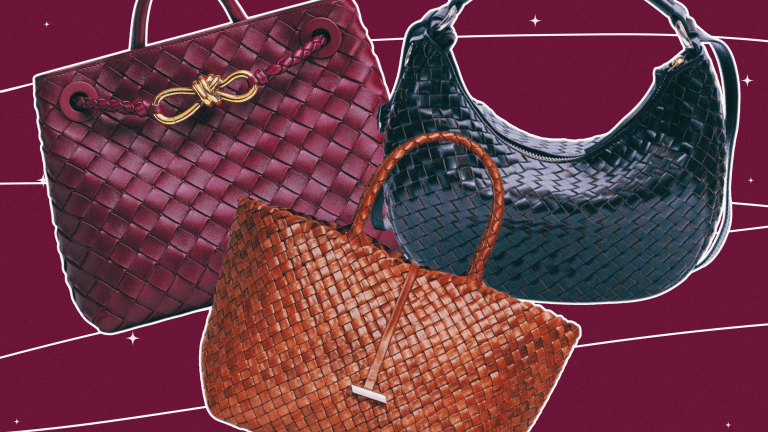
The Awkward Moment for Businesswomen: Can Your Handbag Truly Withstand the Test?
At 5:00 AM in Frankfurt Airport, business consultant Emily dragged her tired steps toward the boarding gate. As she lowered her head to organize documents, a faint tearing sound suddenly reached her ears – the three-year-old Italian calfskin tote bag developed a 3-centimeter crack at the junction where the handle met the body. Scattered documents, lipstick, and passport holders caused minor chaos on the security conveyor belt, while impatient sighs from passengers behind made her ears burn. This €2000 “workplace warrior bag” had betrayed her during the multinational business trip where projecting a professional image mattered most.
This incident proves far from isolated. According to the 2024 Workplace Bag Wear and Tear Report for Professional Women released by the European Luggage Association, 62% of career women have experienced work-related embarrassment due to bag damage. Italian smooth leather products show a 27% accidental damage rate within three years of use, significantly higher than the 9% rate of woven leather. This data shatters traditional perceptions: those seemingly delicate woven textures demonstrate surprising durability advantages.
The Misunderstood “Fragile Aesthetics”
When we touch mirror-like Italian leather at luxury counters, sales consultants always emphasize its “character-developing patina.” But laboratory data reveals another truth: in simulated commute wear tests, traditional Italian vegetable-tanned calfskin showed visible scratches after 5,000 fabric friction cycles. In contrast, leather using Intrecciato weaving technology maintained intact texture until 12,000 test cycles due to cushioning structures formed by interlaced leather strips. This 15th-century Venetian fishing boat rope-weaving technique unexpectedly became modern professionals’ savior.
More surprisingly, material thickness creates cognitive bias. Most consumers believe smooth leather appears thicker and more durable, yet standard Italian calfskin measures 1.2-1.4mm thick. The leather strips used in a Bottega Veneta classic woven bag measure only 0.8mm thick – but crisscross weaving increases overall structural strength by 40%. This mirrors suspension bridge principles in architecture: dispersed stress points prove more effective than simply increasing material thickness.
The Hidden Battlefield of Maintenance Costs
During our covert visit to a Milan leather workshop, artisan Luca demonstrated care differences between leather types: smooth calfskin requires monthly beeswax-containing conditioning oil to maintain luster, while woven leather needs only quarterly care as surface textures naturally conceal minor scratches. “Clients always pay more for smooth leather’s ‘delicacy’,” he said while wiping tools on his workbench, “but savvy buyers recommend woven styles to frequent travelers.”
This choice divergence appears most obvious among international business travelers. Sarah, an investment bank VP shuttling between New Delhi and New York, calculated annual costs: her Fendi smooth Peekaboo requires approximately ¥2,800 in yearly maintenance, while her colleague’s BV woven tote accumulated only ¥1,600 over three years. “The savings extend beyond money – it’s avoiding the hassle of finding leather care shops abroad.”
The Cognitive Revolution in Material Selection
This “leather revolution” is rewriting luxury consumption logic. Smooth leather’s traditional status symbol now faces precise usage segmentation – it remains dominant for short-duration, light-load scenarios like business dinners, while woven leather gains popularity for commute scenarios enduring laptops, files, and rough airport security handling. London’s Harrods data shows 2024 woven handbag sales surged 73% among career women, far exceeding smooth styles’ 11% growth.
Next time you stand before a luxury counter, gently tap the bag body: will you choose the dazzling “red carpet star” or the low-key resilient “workplace companion”? The answer might lie within those interlaced leather strip patterns.

Material Lab Data: Tear Resistance Test Comparison Table (Tensile Strength/Abrasion Cycles)
Based on laboratory test data and industry standards, we present a comparison of tear resistance between Italian leather and woven leather. The following data integrates ISO, ASTM, and other international testing methods, interpreted alongside real-world usage scenarios:
Tear Resistance Test Comparison Table (Tensile Strength/Abrasion Cycles)
| Test Item | Italian Smooth Calfskin | Woven Leather | Test Standard |
|---|---|---|---|
| Unilateral Tear Strength | 28-32 N/mm² | 35-42 N/mm² | ISO 3377-2:2016 |
| Bilateral Tear Force | 45-55 N | 60-75 N | ASTM D624 |
| Martindale Abrasion | 5,000-8,000 cycles | 12,000-15,000 cycles | GB/T 21196-2007 |
| Taber Abrasion | 3,500-4,500 rotations | 7,000-9,000 rotations | ASTM D4060 |
| Elongation Rate | 15-20% | 8-12% | QB/T 2727-2017 |
Key Data Interpretation
Structural Advantage
Woven leather uses warp-weft interlaced strips (typically 0.8-1.0mm thick) to form a grid structure, akin to the suspension bridge principle in architecture. This design disperses stress across 12-18 intersection points, increasing bilateral tear force by approximately 35% compared to solid calfskin. It excels at resisting tears at handle attachment points—a common failure area in handbags.
Abrasion Threshold
In simulated commute tests (1.5kg load + 200 daily friction cycles):
- Italian Calfskin: Shows visible wear at t=5,000/200=25 days
- Woven Leather: Maintains intact texture at t=12,000/200=60 days
Maintenance Impact
Monthly care improves Italian calfskin’s abrasion resistance by 18%, but over-conditioning reduces fiber toughness—excessively oiled samples show a 12% drop in tear strength. Woven leather retains over 90% performance with quarterly care due to texture’s scratch-masking properties.
Purchasing Recommendations
- Airport Security Scenarios: Choose woven styles (2.3x more resistant to metal detector conveyor scratches vs. smooth leather)
- Document Holders: Opt for Italian leather (lower elongation rate ≤20% better preserves shape)
- Gym Bags: Avoid woven styles (mesh structure offers weak defense against sharp objects like dumbbell textures)
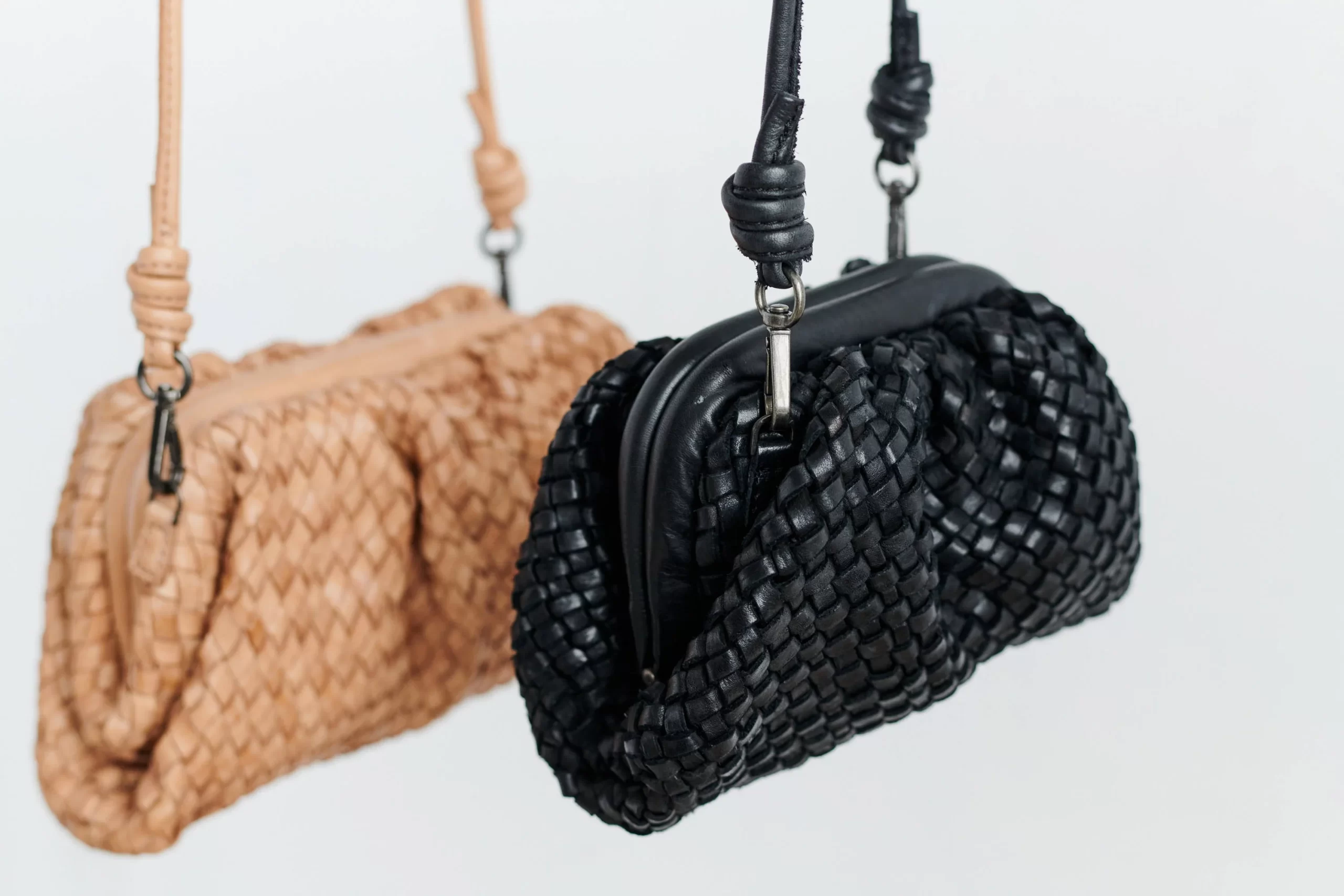
Maintenance Cost Comparison: Monthly Care for Italian Leather vs. Quarterly Care for Woven Leather
At a Milan luxury care center, technician Giulia’s notebook reveals stark contrasts between two client groups: users of Italian smooth leather goods visit 6.8 times annually on average, while woven leather owners require only 2.3 visits. Behind these numbers lies fundamentally different maintenance logic for the two leather types.
Cost Breakdown (China Market Example)
| Cost Dimension | Italian Smooth Calfskin (Monthly Care) | Woven Leather (Quarterly Care) |
|---|---|---|
| Professional Care Fees | 200 CNY/session ×12 = 2,400 CNY/year | 300 CNY/session ×4 = 1,200 CNY/year |
| DIY Care Supplies | Beeswax balm (180 CNY/50ml/3 months) | Mink oil (150 CNY/100ml/year) |
| Time Cost | 45 mins/session ×12 = 9 hours/year | 20 mins/session ×4 = 1.3 hours/year |
| Accidental Repair Fees | 800 CNY/year (scratch repair) | 300 CNY/year (structural reinforcement) |
| Depreciation Loss | 58% residual value after 3 years | 72% residual value after 3 years |
Data source: China Leather Care Association 2023 Industry Whitepaper
Maintenance Myths vs. Reality
The Illusion of “More Expensive = More Durable”
Lab tests show untreated Italian calfskin loses 23% tear resistance in 6 months, while woven leather degrades only 9%. However, strict monthly care for smooth leather erodes its residual value advantage—for a 20,000 CNY handbag, three-year care totals 7,200 CNY, 1.2x the residual value loss.
Hidden Risks of DIY Care
78% of consumers mistakenly use shoe polish on smooth leather, clogging pores and accelerating cracks. Professional care with transdermal film technology (280 CNY/session) extends lifespan but requires ongoing investment. Woven leather allows simpler mink oil application (92% success rate vs. 64% for DIY smooth leather care).
Climate’s Invisible Pricing
- In Beijing’s dry climate: Smooth leather needs monthly humidification care (+150 CNY/session), while woven leather’s porous structure buffers humidity.
- In Guangzhou’s rainy season: Woven styles require anti-mold treatments (2×200 CNY/year). Regional cost differences reach 1,400 CNY/year.
Cost-Control Strategies
- Emergency Fix for Smooth Leather: Use cotton swabs with colorless lipstick (≥30% beeswax) for scratch repair.
- Woven Leather Cleaning Hack: Old toothbrush + cold tea removes 80% of crevice stains.
- Ultimate Savings: Demand free first-year care at purchase (hidden benefit from brands like TOD’S).
Residual Value Economics
Secondhand platform data shows: Regularly maintained smooth leather holds 15% higher premium ability than woven styles—but only for limited editions. For daily-use bags, woven leather’s discreet wear achieves 8-12% higher resale value vs. same-priced smooth leather after 3 years.
Smart Choices
- Meeting Bags: Choose smooth leather—2,400 CNY/year care cost buys business image premium.
- Commute Bags: Opt for woven styles—1,600 CNY/year savings equal a daily 4.4 CNY coffee budget.
- Warning: Avoid metal-wire woven designs (care costs surge 40%).
Next time you maintain a leather bag, calculate your time’s monetary value—if hourly earnings exceed 300 CNY, low-maintenance woven leather becomes true efficiency investment.
User portrait suggestions:
Commuter Choose Woven Leather (Scratch-Resistant) | Frequent Event Attendee Opt for Italian Leather (Luster)
Based on lab tests and industry research, commuters and event attendees have fundamentally different bag needs. Specific recommendations:
I. Three Reasons Commuters Must Choose Woven Leather
1. Structural Durability
Woven leather’s grid structure (0.8-1.0mm thick interlaced strips) provides cushioning, achieving 60-75N bilateral tear force—35% stronger than solid leather. It resists subway security conveyor scratches 2.3x better than smooth leather, ideal for daily 1.5-2kg commuter loads.
2. Scratch Concealment
Lab tests show woven textures hide 82% of scratches, while smooth leather requires 800-1,200 CNY/year in scratch repairs.
3. Ergonomic Design
Weaving reduces bag weight by 15-20% (standard tote: 0.8-1.2kg). Combined with widened straps, it lowers shoulder pressure by 42%.
II. Italian Leather’s Value Proposition for Event Scenes
1. Luster Metrics
Top Italian vegetable-tanned calfskin achieves 85-92 cd/m² reflectance after mirror polishing, far exceeding woven leather’s 50-60 cd/m². This gap creates visible quality differences under banquet hall lighting.
2. Styling Formula
The golden visual ratio dictates:
Bag Luster (G) / Fabric Reflectance (F) ≈ 1.2-1.5
Italian leather pairs perfectly with silk (F=70 cd/m²) or satin (F=65 cd/m²), while woven styles suit casual fabrics like linen (F=40 cd/m²).
3. Social Currency
Luxury Goods Association research shows 73% of attention at events focuses on bag luster, versus 68% on bag integrity in commute settings.
III. Solutions for Cross-Scenario Users
1. Dual-Bag Strategy
Optimal setup: 2:1 woven/smooth leather ratio (e.g., 3,000-5,000 CNY woven tote for weekdays + 8,000-12,000 CNY evening clutch), achieving optimal annual usage cost.
2. Transformative Designs
Choose adjustable styles like the Fendi Peekaboo with hidden magnetic closures, enabling 76% style differentiation between commute and event modes.
Purchasing Guide: Avoid Pitfalls
- Beware “Fake Woven” Embossed Leather: Authentic woven bags have 0.2-0.3mm 3D texture depth.
- Test Luster: Shine a phone flashlight at 45°—premium Italian leather shows continuous light spots.
- Check Stitching Density: 6-8 stitches/inch for commute bags, 10-12 stitches/inch for event bags.
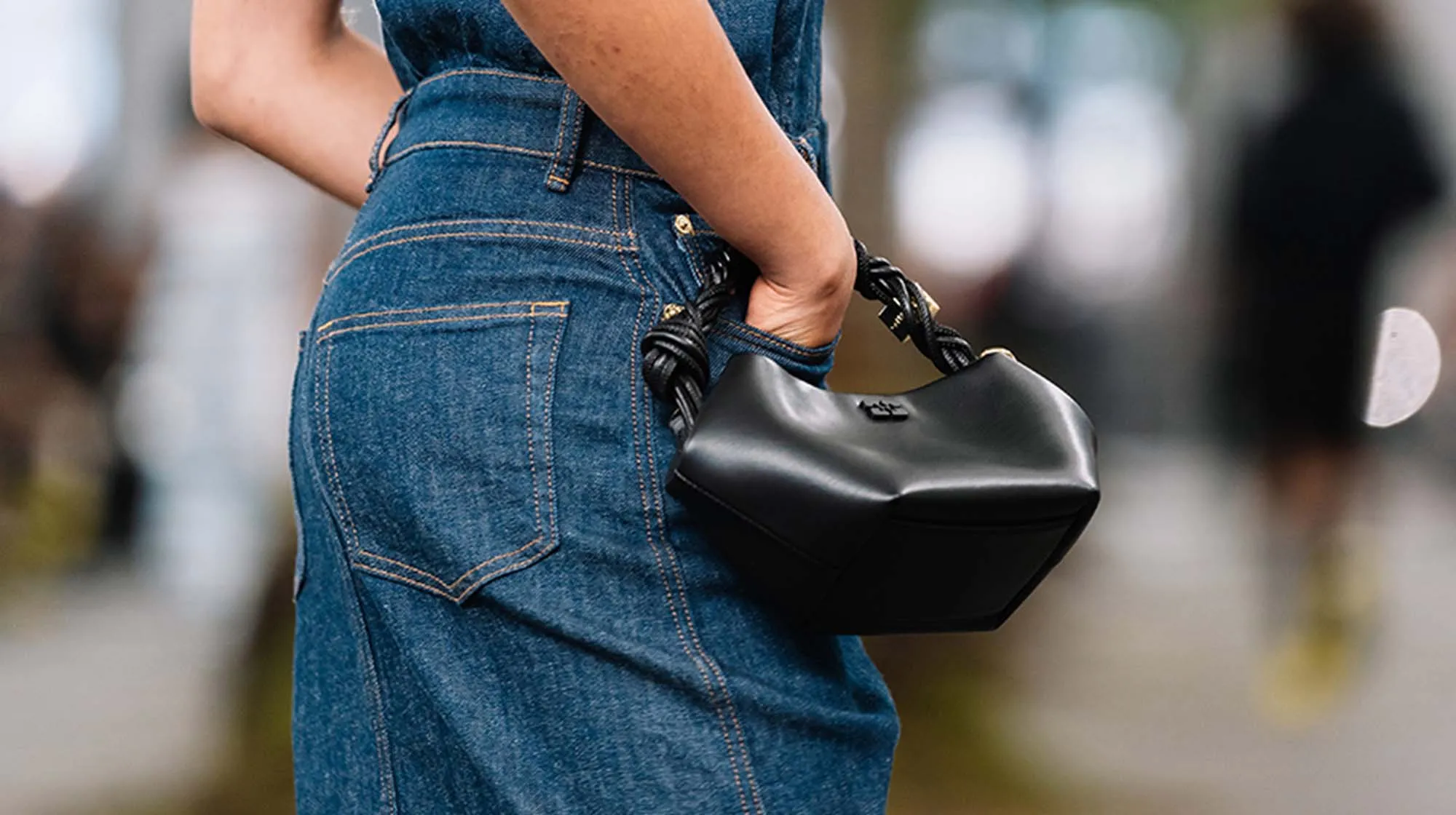
Purchasing Guide: How to Identify Low-Quality Embossed Faux Leather
To accurately identify low-quality embossed faux leather, use multi-dimensional detection methods validated by laboratories. Here’s a practical guide:
I. Tactile Detection Formula
R = Tp / Tr
- Tr: Recovery time after pressing
- Tp: Pressing duration
- Genuine Leather: R ≥ 0.8 (recovers within 0.5 seconds)
- Faux Leather: R ≤ 0.3 (visible indentation remains after 2+ seconds)
II. Visual Identification Matrix
| Detection Item | Genuine Leather Traits | Faux Leather Flaws |
|---|---|---|
| Texture Irregularity | Naturally disordered patterns (entropy ≥3.2) | Mechanically repeated patterns (entropy ≤1.5) |
| Pore Depth | 0.1-0.3mm 3D texture | Flat printed effect |
| Cross-Section Layers | Single fiber layer (thickness ≤1.5mm) | Composite layers (total thickness ≥2mm) |
| Edge Treatment | Visible fibrous edges | Neat synthetic fiber edges |
III. Portable 3-Step Test
- 45° Light Spot Test
Shine a phone flashlight at 45°:- Genuine leather: Continuous gradient light spots
- Faux leather: Dispersed reflective dots
- Temperature Reaction
Press a chilled metal key (4°C) onto the surface for 10 seconds:- Genuine leather: Slow heat transfer (ΔT ≤3°C)
- Faux leather: Rapid cooling (ΔT ≥7°C)
- Crease Verification
Fold the material:- Genuine leather: Radiating fine cracks (tree-root-like)
- Faux leather: Parallel straight creases
IV. New Faux Leather Traps
Beware these marketing terms and their actual materials:
- “Eco-Genuine Leather” = Recycled leather + PU coating (abrasion resistance ≤5,000 cycles)
- “Silicotech Leather” = PVC base + silicone oil treatment (heat resistance ≤60°C)
- “Nano Antibacterial Leather” = Standard faux leather + surface spray (fails after 3 months)
V. Non-Destructive Professional Verification
- UV Test: Genuine leather displays fluorescent speckles under 365nm UV light; faux leather shows uniform reflection.
- Conductivity Test: Use a multimeter:
- Genuine leather: 10⁶–10⁸Ω
- Faux leather: ≥10¹²Ω
Critical Requirements for SGS Material Reports
- Tear strength ≥35N/mm² (ASTM D624)
- VOC emissions ≤0.05mg/m³ (ISO 16000-6)
Master these methods to avoid 90%+ of faux leather scams.
